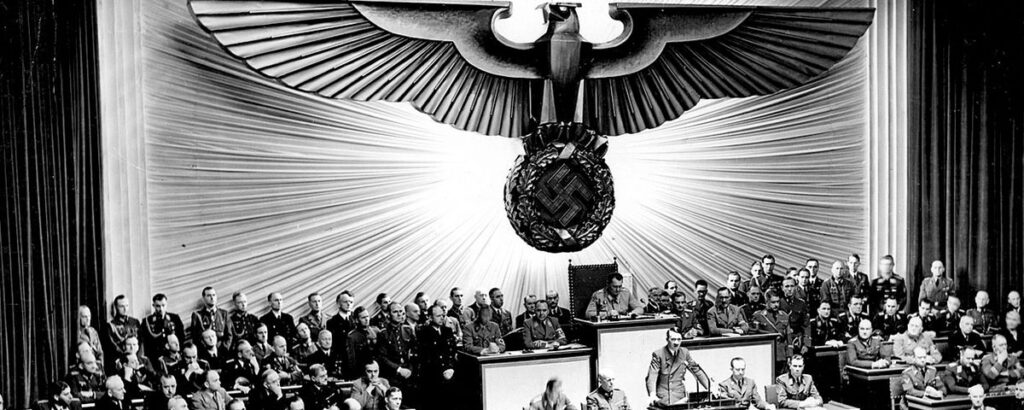On December 11, 1941, a pivotal moment in the annals of World War II occurred as Germany declared war on the United States. This event marked a significant turning point in the global conflict, fundamentally altering the dynamics and eventually contributing to the downfall of the Axis powers.
The Prelude to War
The path leading to this declaration was complex and interwoven with various global events. Prior to December 11, Nazi Germany, under the leadership of Adolf Hitler, had already conquered much of Europe. The United States, led by President Franklin D. Roosevelt, had been supporting the Allied powers through measures like the Lend-Lease Act, but had not yet entered the war. The political climate of the era was tense, with the U.S. balancing its isolationist tendencies against the escalating threats posed by the Axis powers.
The Catalyst: Pearl Harbor
The immediate catalyst for Germany’s declaration was Japan’s surprise attack on Pearl Harbor on December 7, 1941. This attack led the United States to declare war on Japan. As Japan was part of the Tripartite Pact, an agreement between Japan, Germany, and Italy, Germany was bound to support its ally. This attack was not only a military strike but also a symbolic blow to the U.S., shattering any remaining illusions of remaining isolated from the global conflict.

Hitler’s Decision
Adolf Hitler’s decision to declare war on the USA was not merely a fulfillment of the pact. It was also influenced by his underestimation of American military potential and his belief in the invincibility of the Axis powers. Hitler assumed that the United States, preoccupied with Japan in the Pacific, would be unable to effectively contribute to the European theater. This decision was also driven by Hitler’s long-standing antipathy towards the U.S., which he viewed as a potential threat to his plans for global domination.
Global Impact
This declaration of war had immediate and far-reaching consequences:
- United States’ Full Engagement: It led to the full engagement of the United States in World War II, both in the European and Pacific theaters. The U.S. swiftly ramped up its military production, mobilizing its vast industrial and human resources for the war effort.
- Boost to Allied Morale: The entry of the U.S. provided a significant morale and material boost to the beleaguered Allied forces. American resources and troops provided a much-needed infusion of strength to the Allies.
- Strategic Miscalculation: For Germany, this proved to be a strategic miscalculation. The industrial and military might of the United States, once fully mobilized, played a crucial role in turning the tide against the Axis powers. The U.S. entry into the war marked the beginning of the end for the Axis powers’ ambitions.
Conclusion
The declaration of war by Germany on the United States was a decisive moment in World War II. It demonstrated the interconnected nature of global conflicts and how a single decision can have profound and lasting impacts on the course of history. The consequences of this action were felt worldwide and ultimately contributed to the shaping of the modern world order.
This event also serves as a testament to the unpredictability of war and the importance of strategic foresight in international politics. The U.S. response to this declaration set in motion a series of events that would not only define the outcome of World War II but also shape the geopolitical landscape for decades to come.







What do you think?
Show comments / Leave a comment